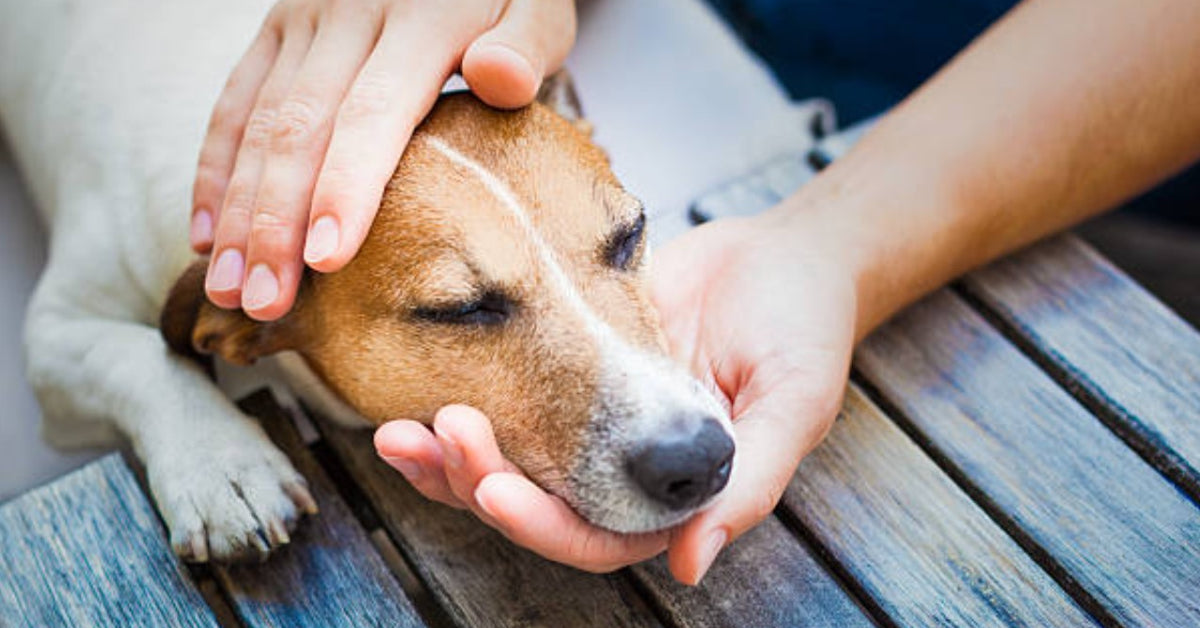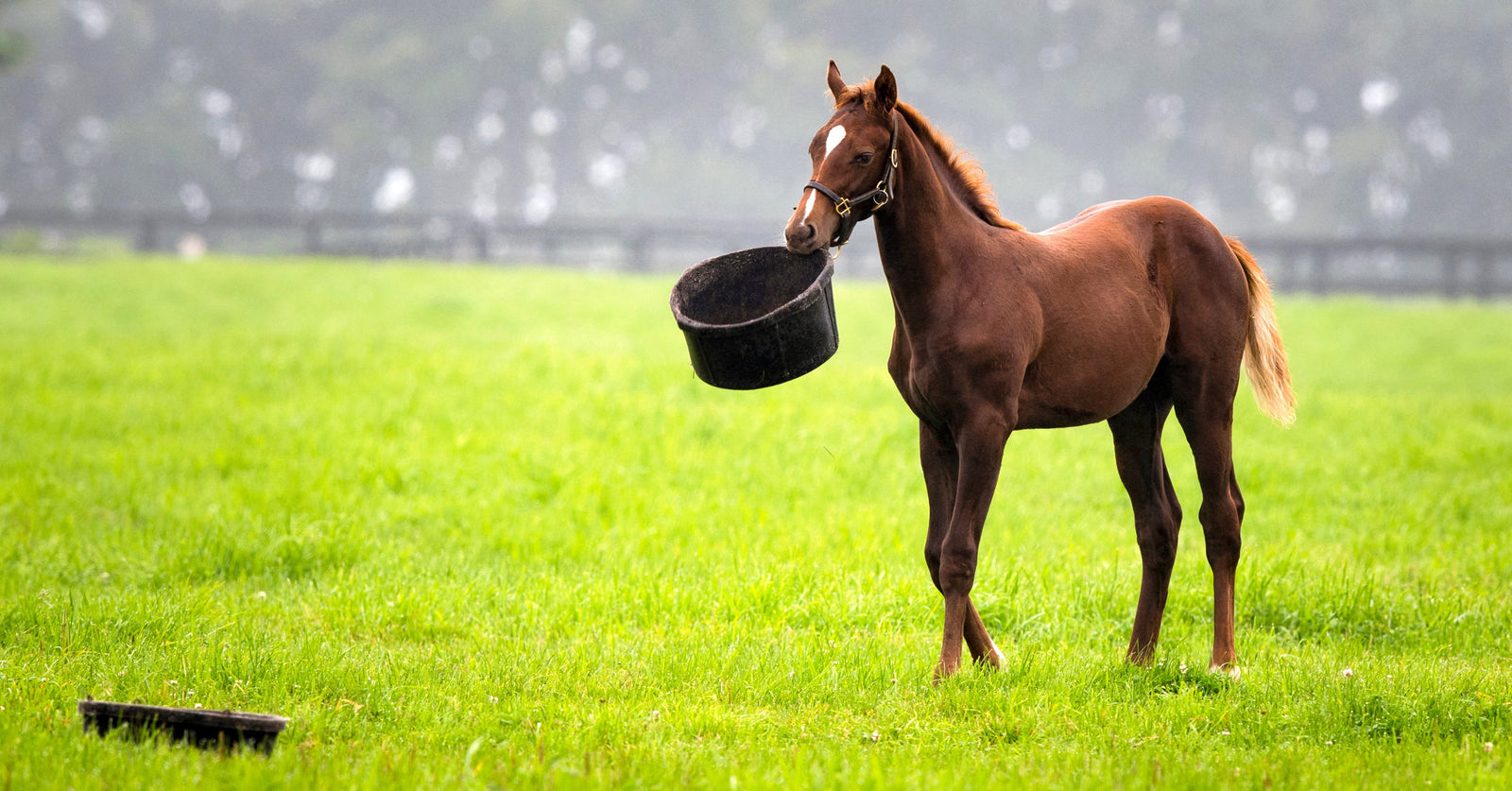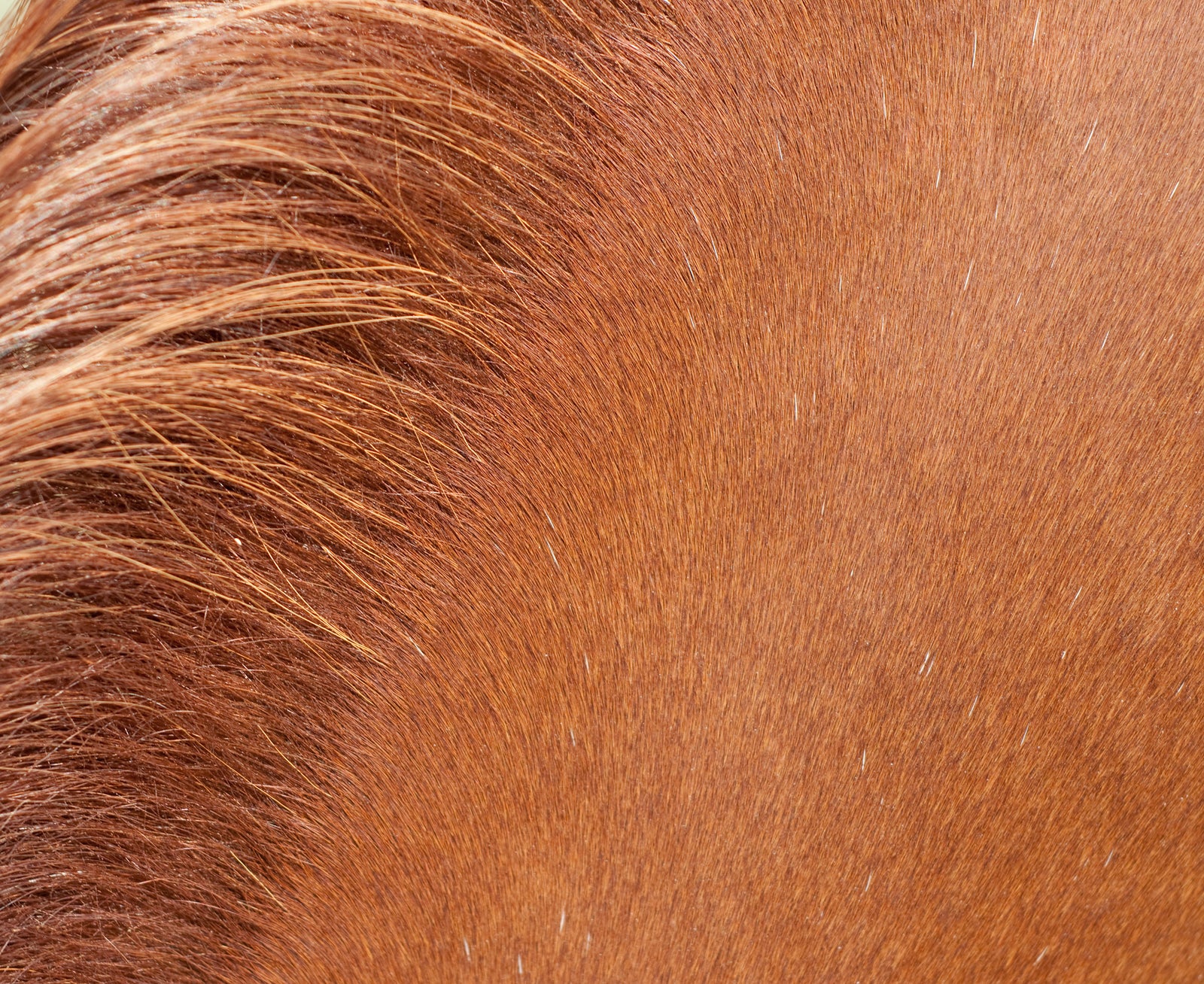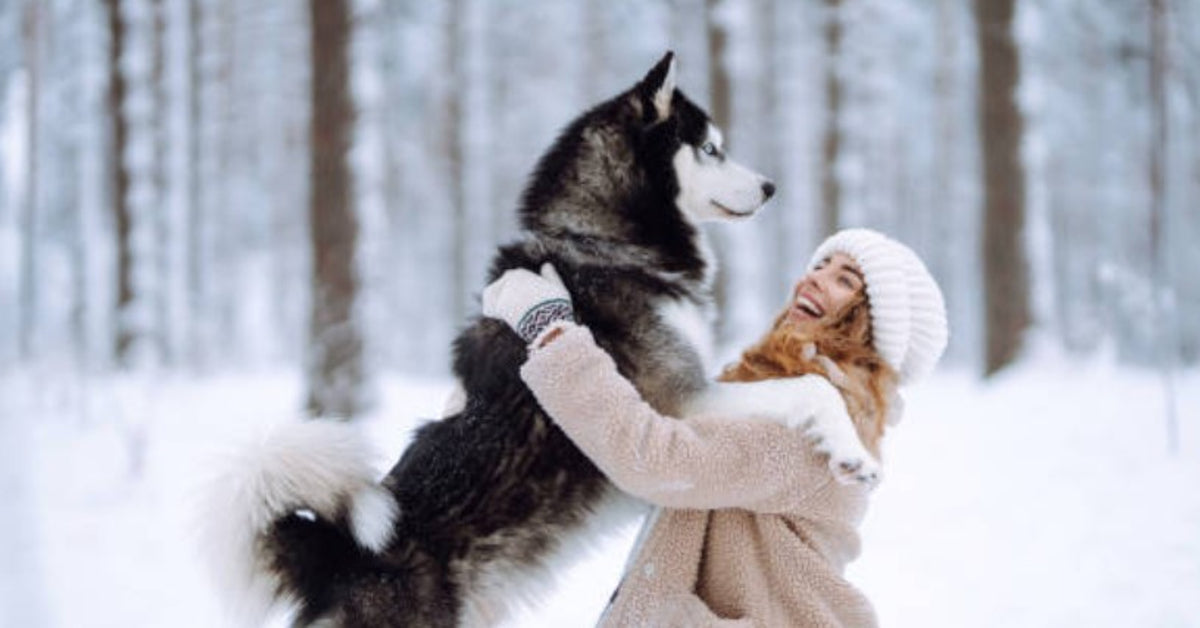In our daily consultations we are often asked aboutGiardia in dogs. In order to pass on our knowledge from our daily therapy consultations, we have summarized everything about Giardia here.
Symptoms of Giardia?
The typical symptoms are diarrhea, intestinal pain, nausea, cramps, malaise, no appetite, slight fever, chills and often severe weight loss. The vet's blood count is usually unremarkable, which is why Giardia can be detected via a fecal sample.
How do I recognize Giardia?
If a dog has Giardia, it will usually have severe, foul-smelling diarrhea. The stool may also be slimy/bloody. It is often reported that the dog has little or no appetite and suffers from abdominal pain.
How does a dog contract Giardia?
Many dogs carry Giardia (trophozoites) from a young age, but without becoming ill. Puppies whose immune system is not yet fully intact or dogs with a weakened immune system are therefore susceptible to contracting Giardia.

Recommendation for Giardia?
Giardia feeds on starch. If your furry friend is suffering from Giardia, we recommend that you change their diet COMPLETELY to a carbohydrate-free diet. This means no dry food and no starchy foods such as rice, corn, pasta or potatoes.
- Feed only sheep's cheese, real feta, for one day, preferably mixed with 30 herbs. Be sure to use real feta, not goat's cheese or feta made from cow's milk!
- Give Usniotica drops three times a day from the 2nd day. Depending on the dog's weight, give 5 drops up to three times a teaspoonful.
- It often makes sense to combine with Enterogan or alternate daily. Depending on the dog's weight, give a knife point up to 5 g (2 small measuring spoons full) twice a day.
- Feeding from the 2nd day: Meat or pure meat can with complement®, 30 Kräuterergarten, Bauerngarten-Gemüsemix. Under no circumstances starch. Also pay attention to the treats!
- Stop acute diarrhea with Garon forte.




